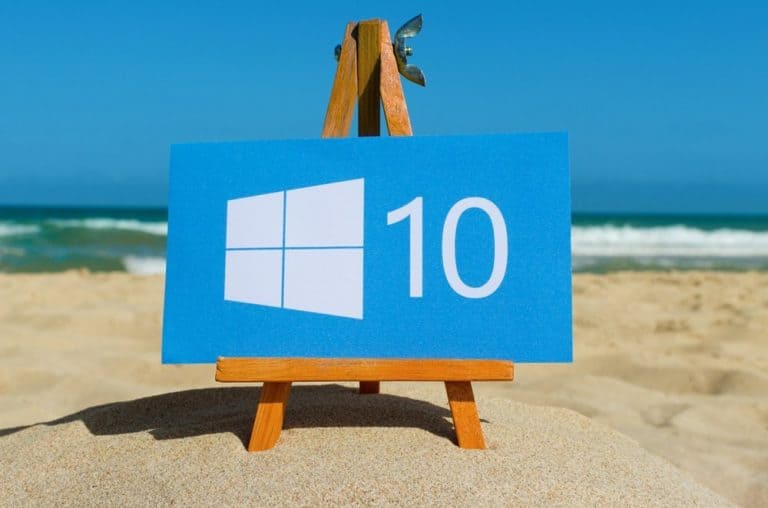Microsoft is reminding customers that Windows 10 21H2 will lose support on June 11. The only version of this operating system still getting security updates is 22H2.
The end-of-life (EOL) date had been previously announced, but Microsoft has deemed it necessary to post a reminder. EOL means that security updates are no longer appearing, so online connectivity on this OS may eventually lead to cyber risks.
Experience shows that old Windows versions are unsafe for Internet use, but that sometimes doesn’t stop users. For example, Windows 7 is still running on 2.81 percent of the machines that StatCounter tracks—more than Windows 8 and 8.1 combined. While most are (hopefully) not connected to the internet, online Windows 7 devices are exposed to multiple vulnerabilities.
Tip: Windows 10 and Windows 11 end-of-life dates
Windows 10 still popular
By the way, Windows 10’s market share still reigns supreme, representing just under 70 percent among Windows machines. Windows 11 even seemed to have lost market share recently, but that may have been due to a “blip” in StatCounter’s data.
Either way, Microsoft has a problem. Windows 11 has evidently not turned out to be the intended replacement for Windows 10. Not every Windows 10 PC can upgrade to Windows 11 due to the lack of Secure Boot and TPM 2.0 security features. Interest groups therefore warn that the EOL date for Windows 10 will turn hundreds of millions of devices into e-waste. Only Windows 10 22H2 is still supported until Oct. 14, 2025.
We previously detailed the reasons for the failure of Windows 11 adoption. Read that story here: Windows 11 adoption disappoints, but that’s only natural
